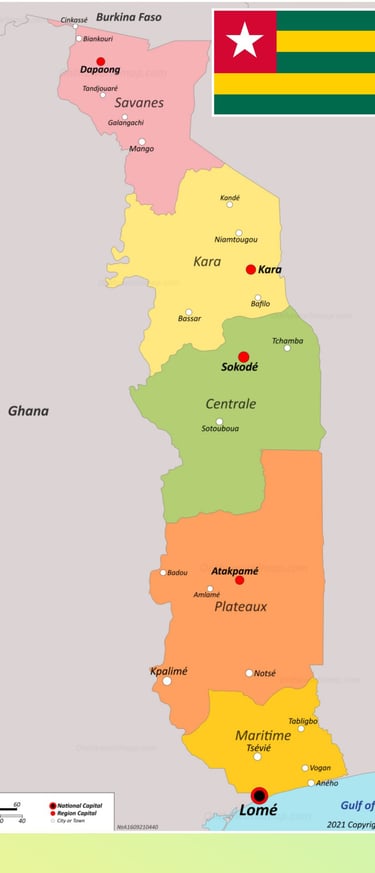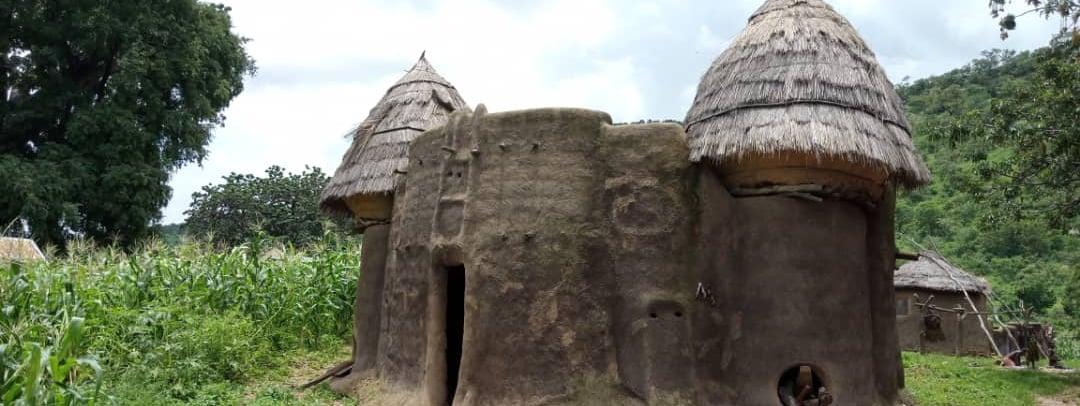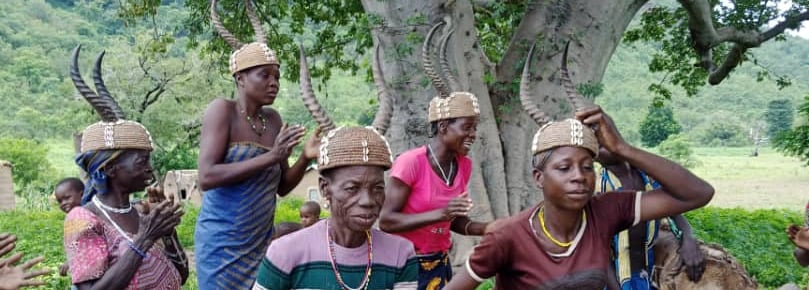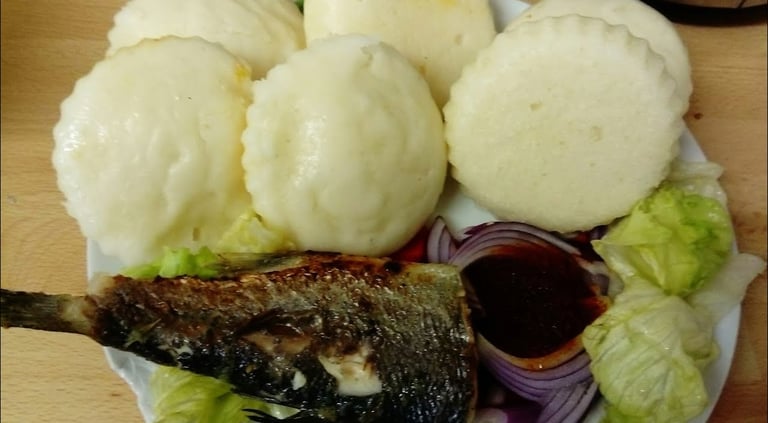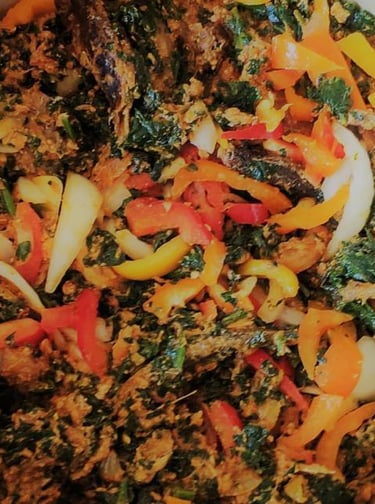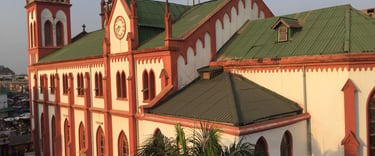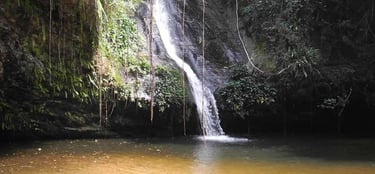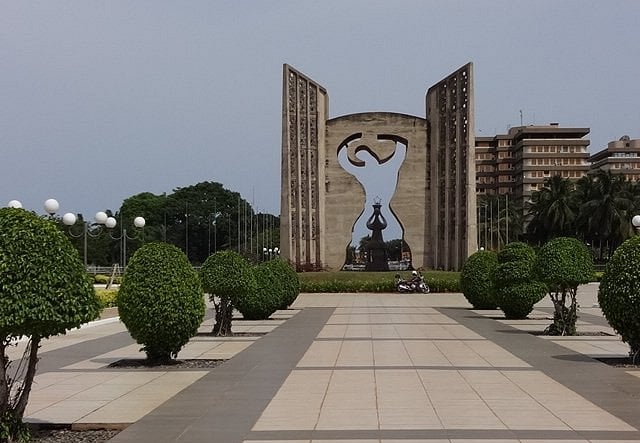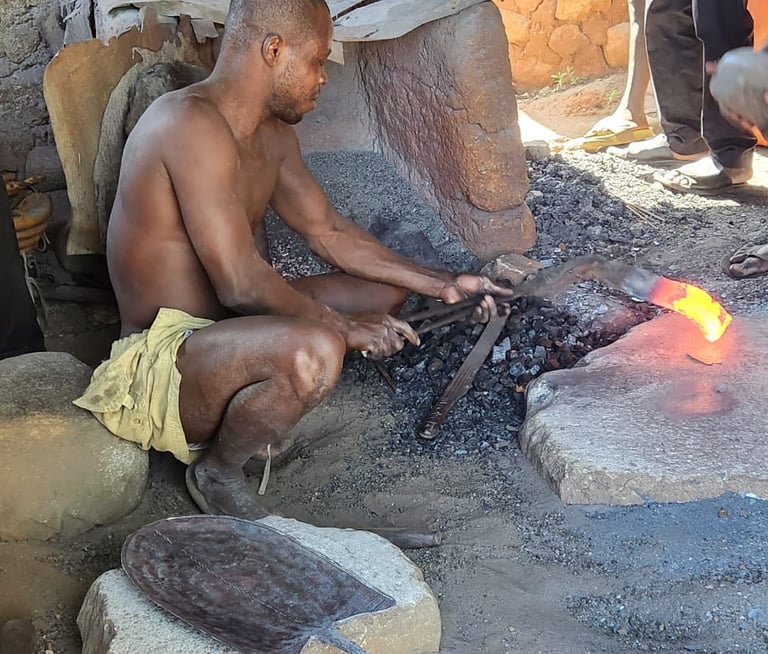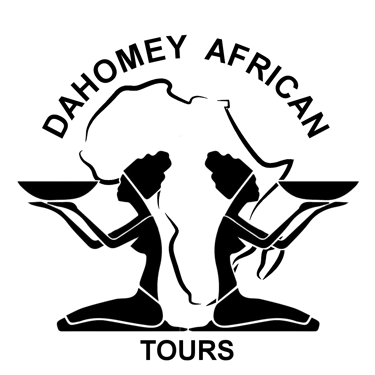Togo Republic can be found on the west coast of Africa. It has land boundaries with Burkina Faso to the north, Benin to the east, Ghana to the west, and the south is bordered with the Gulf of Guinea (Atlantic Ocean).
Togo is well known for its palm-lined beaches and hilltop villages. Koutammakou, inhabited by the Batammariba people is a traditional settlement of fortress like clay huts dating to the 17th century. In the capital, Lome are the multistory Grand Marche Assigame and the fetish Marke, offering traditional talismans and remedies relating to the Vodun religion.
Live in the heart of the rites and traditions among the most authentic in West Africa. Togo has a very diverse ethnic and culture. This richness is expressed through the festivals and the traditional rites that punctuate the life of each of the communities. These are generally linked to the oldest and most deeply rooted beliefs and traditions within the local populations. Togo offers some traditional festivals of exceptions.
Epe-Ekpe(A ceremony of picking Stone from a Lake): Symbol of a new year of Guin people; Gadao: Knife festival of Tem people; Evala: the struggles traditional festival of Kabye people. etc.
Welcome to the Land of Culture Woezo
Togo has a tropical climate. There are two seasons, the rainy season and the dry season. The south of the country notably has two wet seasons: from April to June, the monsoon season, then from September to October, the rainy season. In the north, the rainy season extends uniformly from June to September. The dry season is between November and February. Throughout the year, it is very hot in Togo, with temperatures around 30C.
Very tiny country, Togo has a population of about 9 millions based on August 2023 Worldometer elaboration of the latest United Nations data. It is made up of 56 ethnic groups who speak 41 languages and dialects
Togo is a safe and secure country. It is also famous for being home to some of the kindest people on the African continent. The Togolese are very friendly, welcoming people and love visitors.
The Togolese gastronomy is particularly rich according to the great ethnic diversity of this country. It is very famous especially the cuisine of southern Togo:
Fétri dési: this okra sauce can be garnished with palm oil or another oil; in the first case it will take the orange-red color typical of palm oil. You can add beef, shrimp, crab; instead of beef, you can also add smoked fish, sometimes all kinds of meat at the same time: various fish, various meats, various shellfish.
Dessi egussi: thick and compact made from grounded egusi seeds, gboma or spinach leaves , tomatoes, onions, chili, oil, meats, softened, tenderized skin of beef and shellfish, spices.
Lan-moumou dési: made from tomatoes and other seasonings with fresh fish Etc...
Gboma dési: made from gboma or spinach leaves, the same shellfish, smoked meat or fish, etc. are added.
Ablo: a corn pancake; flaky, steamed, slightly sweet; there is also a rice-based variation.
Akoumé: popular daugh made from corn flour obtained after cooking in water, and served as the main with various sauces
Yaka-Yèkè: very fine couscous made from corn; it is the flagship dish shared and consumed during one of the most important festivals of the coastal region: Epé-ékpé with gboh-lan dési (goat meat or mutton sauce), or gni-lan dési (beef sauce).
In 8th century, the Bassar country in the center and north of Togo one of the main regions of metallurgical production in West Africa. The remains of old furnaces and the slag confirm the intensity of metallurgical activity for several centuries. In addition, it is known that blacksmiths exported iron extracted from ores in the region to the city of Kano in Nigeria. Some of these blast furnaces measured up to three or four meters in height, used by the Bassari to reduce iron ore.
The Bassari, the Tamberma and the Kabyés were already in the mountainous regions when new populations arrived, displaced by the events that permanently destabilized West Africa, such as the slave trade, the introduction of guns or the contributions of Muslim-speaking peddlers. The muslums who spoke Hausa were Islamizing the savannahs and the north of the country. In addition, the oldest town in the south of the country has a Hausa name: Ba Guida which means “no habitation.
In the North, the Gourma are therefore Islamized and the Kotokoli settled around Sokodé; the Tyokossi settled in the Mango region. The center and the south of the country suffered the consequences of the rise in power of the Bariba of Benin as well as the kingdom of Dahomey and the Ashantis of Ghana. Taking refuge in their mountains, the local populations nevertheless resisted the raids suffered by their neighbors. In the South, the populations from the East, following the example of the Ewe, settled in successive waves from the 15th century until the 17th century, at the very moment when the Portuguese landed on the coast.
The Éwe settled around Tado, near Notsé, in the following century. Their king, Agokoli, built an enclosure made of clay to protect Notsé from refugees flocking from the North. In the 17th century, having become numerous, the Ewe dispersed in the West, to the left bank of the Volta.A German colony since 1884, Togo was divided, after the First World War, into two parts. One part was thus, in 1922, placed under the mandate of France, while the other, placed under the supervision of Great Britain.
Exploring Togo With West Africa's Leading Tour Company
The Great Britain Part of Togo was attached to the former British colony of the Gold Coast (1821-1957), which became independent in 1957 under the name of Ghana, in reference to the former Empire of Ghana.
The France part of Togo, the current Togo republic obtained independence on April 27, 1960 and Sylvanus Olympio who was a slave descendant was elected at the same year. Sylvanus Olympio directed the drafting of the Constitution of the Republic of Togo.
In 1963 Nicolas Grunitzky took over the power from Sylvanus Olympio and ruled until 1967 when Étienne Gnassingbé Eyadema overthrew him and took over from 1967 to 2005 when he died. Faure Gnassingbé who is the son of Gnassingbé Eyadema was elected from 2005 up to now.
Customise your Benin, Togo, Ghana, Senegal & Ivory Coast Tours
For more details including itineraries and prices, please message or contact us below using the Book a Tour now form







